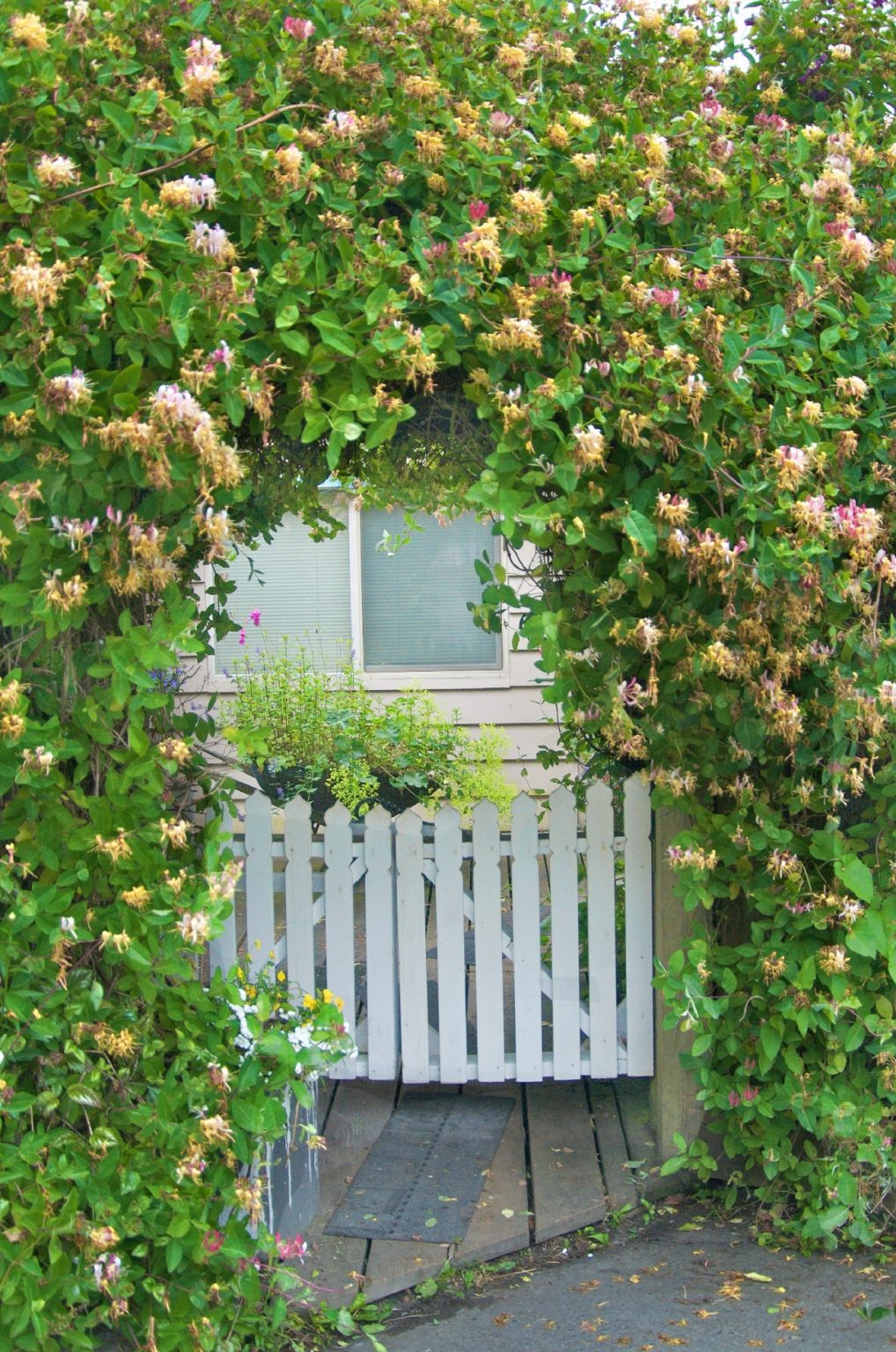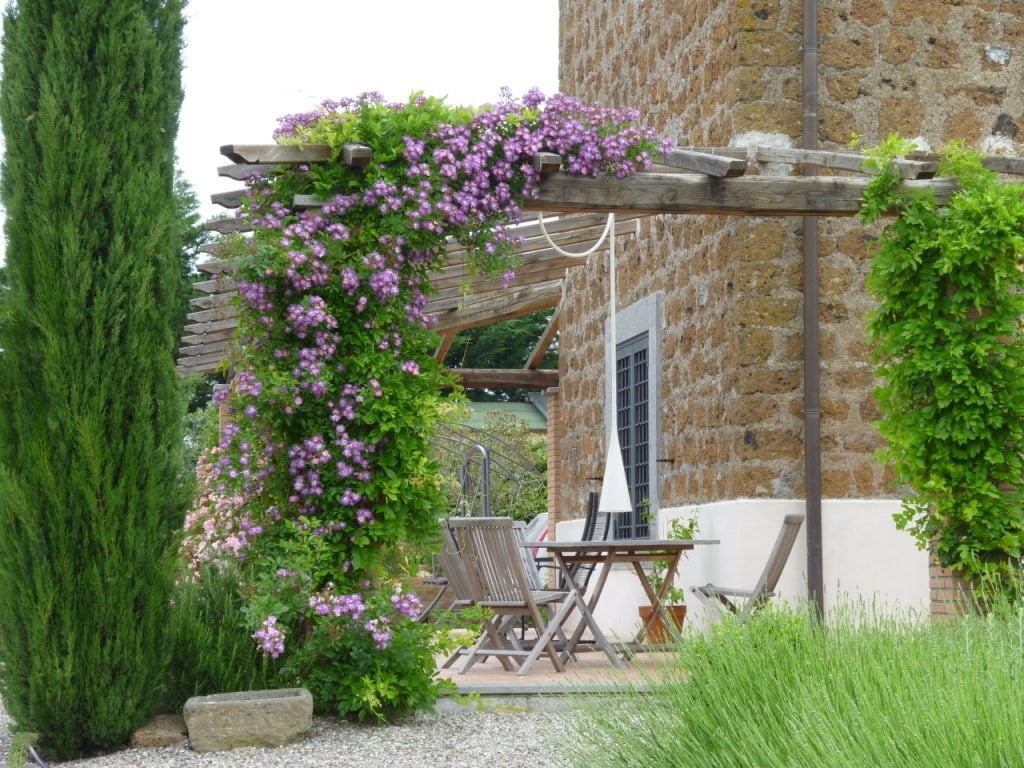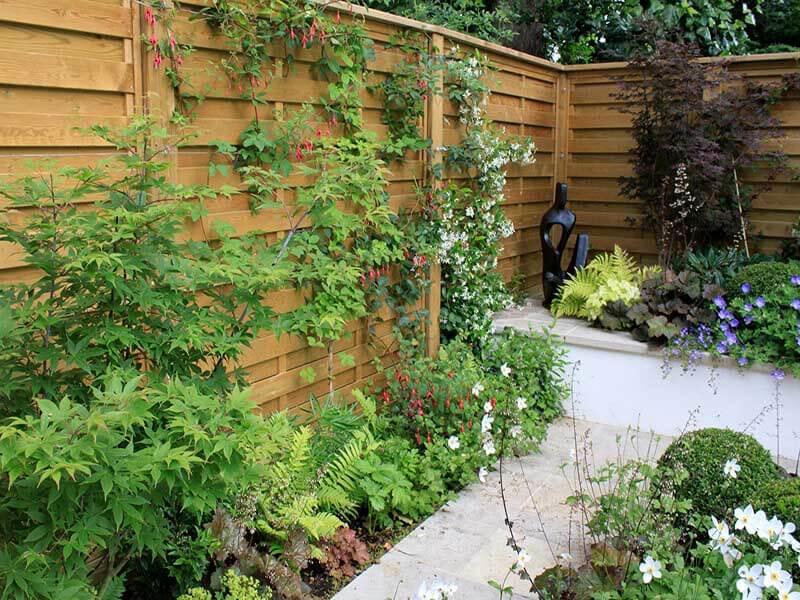Why Choose Plants that Grow Up Fences?
Vertical gardening has become a popular trend in recent years, and for good reason. By utilizing plants that grow up fences, homeowners can transform their outdoor spaces into stunning displays of beauty and functionality. Not only do these plants provide a unique touch to gardens and yards, but they also offer a range of benefits that make them an attractive option for those looking to enhance their outdoor areas. One of the primary advantages of plants that grow up fences is their space-saving capabilities. In small gardens or yards, these plants can thrive without taking up valuable floor space, making them an ideal choice for urban dwellers or those with limited outdoor areas. Additionally, plants that grow up fences can provide a natural screen or divider, creating a sense of privacy and seclusion. They can also help to reduce noise pollution, improve air quality, and even provide a habitat for local wildlife. With their aesthetic appeal, environmental advantages, and space-saving benefits, it’s no wonder that plants that grow up fences are becoming increasingly popular among gardeners and outdoor enthusiasts.
Top Picks for Fence-Climbing Plants: A Guide to Easy Maintenance
When it comes to selecting plants that grow up fences, there are numerous options to choose from. Here are some popular picks that are known for their ease of maintenance and stunning displays. Ivy, for instance, is a classic choice for fence-climbing plants. It’s easy to care for, can thrive in a variety of lighting conditions, and can be trained to grow up fences with minimal support. Clematis is another popular option, offering vibrant flowers in a range of colors and a relatively low-maintenance growth habit. Wisteria, with its fragrant, cascading blooms, is also a great choice for those looking to add a touch of elegance to their outdoor space. When selecting plants that grow up fences, it’s essential to consider their growth habits, sun and soil requirements, and maintenance needs. By doing so, you can ensure that your chosen plants will thrive and provide years of beauty and enjoyment.
How to Train Your Climbing Plants: Tips and Tricks for Success
Training plants that grow up fences requires patience, dedication, and the right techniques. To ensure that your climbing plants thrive and provide a stunning display, follow these practical tips and tricks for success. First, provide the necessary support systems, such as trellises or arbors, to help your plants grow upwards. Next, prune your plants regularly to encourage bushy growth and prevent them from becoming leggy. It’s also essential to monitor your plants’ progress, adjusting their support systems as needed to prevent damage or breakage. Additionally, consider using twine or wire to gently guide your plants up the fence, especially during the early stages of growth. By following these simple yet effective techniques, you can train your climbing plants to grow up fences with ease, creating a beautiful and unique display in your outdoor space.
Creating a Stunning Display: Combining Climbing Plants with Other Garden Features
When it comes to creating a visually appealing display in your outdoor space, combining plants that grow up fences with other garden elements can make all the difference. By incorporating arbors, pergolas, and outdoor decor, you can add depth, texture, and interest to your vertical garden. For example, training clematis or wisteria to grow up a trellis or arbor can create a stunning focal point in your garden. Alternatively, using ivy or other climbing plants to cover a pergola can provide a beautiful, shaded seating area. Don’t be afraid to experiment with different combinations of plants and garden features to create a unique and personalized display. Consider adding outdoor decor, such as planters, statues, or bird baths, to further enhance the visual appeal of your vertical garden. By combining plants that grow up fences with other garden elements, you can create a breathtaking display that will be the envy of your neighbors.
Fence-Friendly Plant Care: Dealing with Common Issues and Pests
While plants that grow up fences can be relatively low-maintenance, they’re not immune to common problems that can affect their health and appearance. To ensure that your climbing plants thrive, it’s essential to be aware of potential issues and take preventative measures to address them. One common problem is pests, such as aphids, whiteflies, and spider mites, which can weaken plants and spread disease. Regularly inspect your plants for signs of infestation and treat them promptly with insecticidal soap or neem oil. Another issue is disease, which can be caused by fungal or bacterial infections. Improve air circulation, remove infected areas, and treat with fungicides or bactericides to prevent the spread of disease. Nutrient deficiencies can also affect plants that grow up fences, particularly if the soil lacks essential nutrients. Fertilize your plants regularly with a balanced fertilizer, and consider adding compost or manure to improve soil health. By being proactive and addressing common issues and pests, you can ensure that your plants that grow up fences remain healthy and vibrant, providing a beautiful display in your outdoor space.
Designing a Vertical Garden: Considerations for Sun, Shade, and Soil
When designing a vertical garden with plants that grow up fences, it’s essential to consider the specific conditions of your outdoor space. Sun, shade, and soil conditions can significantly impact the health and appearance of your climbing plants. For example, plants that thrive in full sun, such as wisteria and clematis, require at least six hours of direct sunlight per day. On the other hand, plants that prefer shade, like ivy and hydrangea, can tolerate partial shade to full shade. Understanding the sun and shade patterns in your garden will help you choose the right plants that grow up fences for your specific conditions. Soil conditions are also crucial, as different plants have varying soil requirements. For instance, clematis prefers well-draining soil with a pH between 6.0 and 7.0, while wisteria can thrive in a wide range of soils. By selecting plants that grow up fences suitable for your specific sun, shade, and soil conditions, you can create a thriving and beautiful vertical garden that enhances your outdoor space.
Maximizing Space: Using Plants that Grow Up Fences in Small Gardens
Small gardens often present a challenge when it comes to creating a beautiful and lush outdoor space. However, plants that grow up fences can be a game-changer for small gardens, providing a space-saving solution that adds visual appeal and functionality. By utilizing vertical space, plants that grow up fences can thrive in even the smallest of gardens, making them an ideal choice for urban dwellers, apartment balconies, or tiny backyards. To make the most of limited space, consider using compact or dwarf varieties of climbing plants, such as compact clematis or dwarf wisteria. These plants can be trained to grow up fences, trellises, or other supports, creating a stunning display that maximizes space. Additionally, plants that grow up fences can help to create a sense of privacy, block unsightly views, or add a touch of greenery to small outdoor areas. With a little creativity and planning, small gardens can be transformed into beautiful and functional outdoor spaces using plants that grow up fences.
Getting Creative: Unconventional Uses for Plants that Grow Up Fences
While plants that grow up fences are often used to add beauty and functionality to traditional gardens and yards, they can also be used in more unconventional ways to enhance urban spaces and solve common landscaping challenges. For example, plants that grow up fences can be used to create living walls, providing a natural screen for unsightly areas or adding greenery to urban landscapes. They can also be used to hide utility boxes, air conditioning units, or other eyesores, creating a more visually appealing outdoor space. Additionally, plants that grow up fences can be used to create a sense of privacy in small or shared outdoor spaces, such as balconies or rooftop gardens. By thinking outside the box and exploring unconventional uses for plants that grow up fences, homeowners and gardeners can unlock the full potential of these versatile and beautiful plants. Whether used to create a stunning display, provide a functional solution, or add a touch of greenery to an urban space, plants that grow up fences offer endless possibilities for creative expression and problem-solving.







